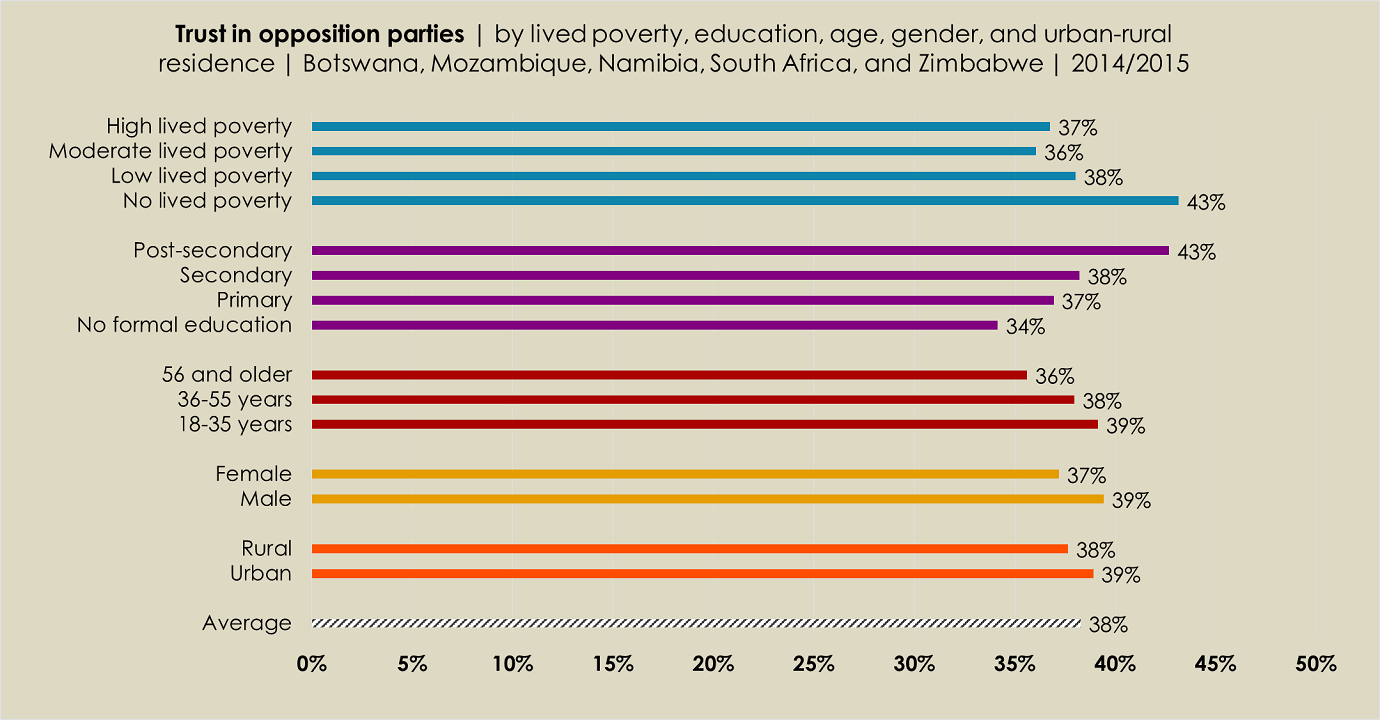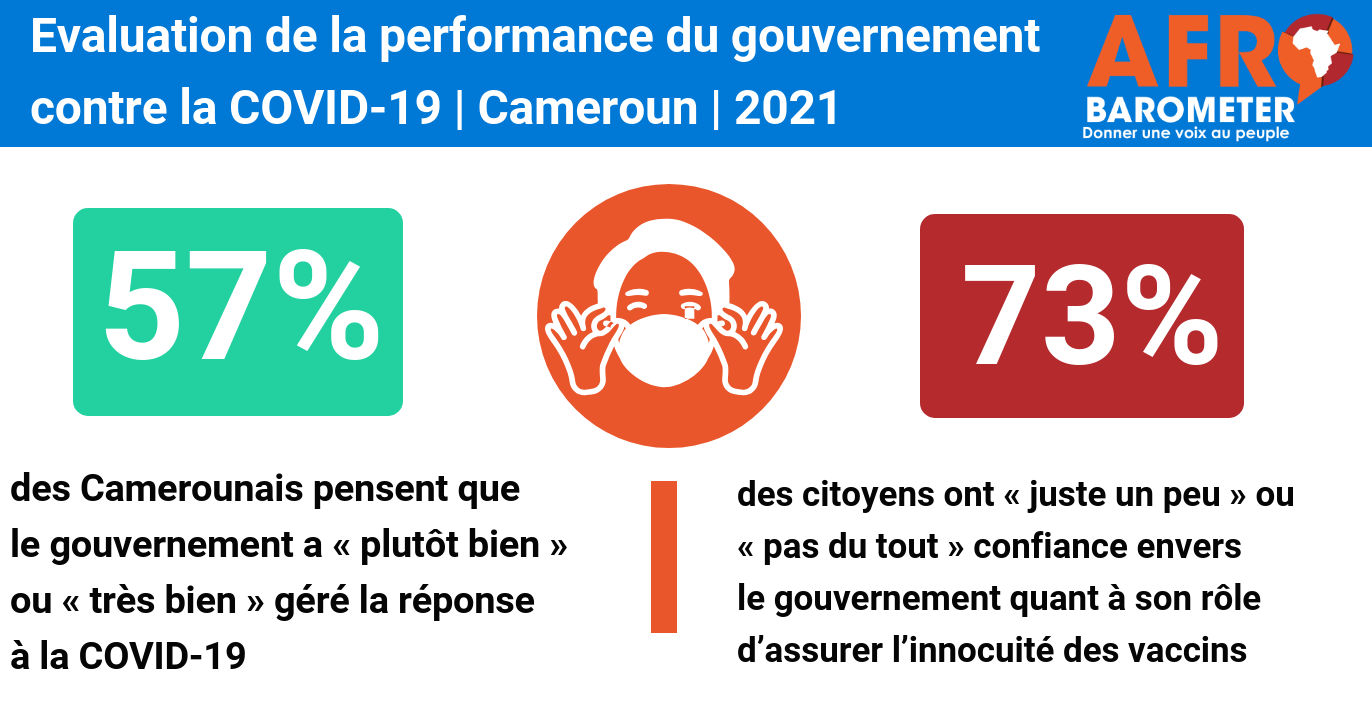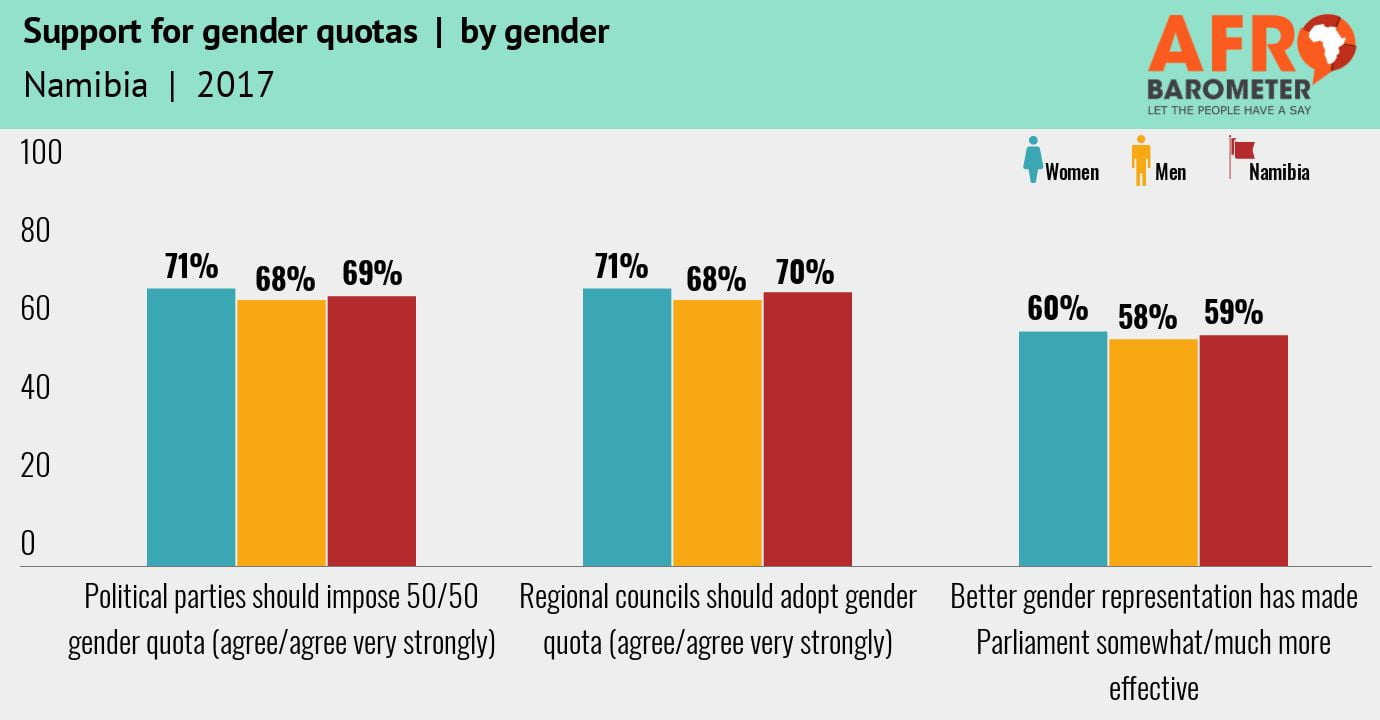
Following decades of authoritarian rule, multiparty democracy re-emerged in a “wave” of democratization in sub-Saharan Africa during the early 1990s. Twenty-nine countries in the region held founding elections – first competitive elections after an authoritarian period – between 1989 and 1994, of which 16 led to full democratic transitions (Bratton, 1997). Notable successes include Namibia (1989), Cape Verde (1991), Ghana (1992), and South Africa (1994), which a generation later are ranked among Africa’s politically “free” countries (Freedom House, 2016). While this period was initially classified as part of Huntington’s (1991) “third wave” of democratization, some political scientists consider it part of a distinct “fourth wave” of general regime change because most of these political openings did not result in full democratic transitions (see McFaul, 2002). Today, African political regimes vary widely, from the liberal democracies cited above to repressive autocracies (Diamond, 2015).
Given the importance of party competition to a healthy democracy, a major criticism of African political regimes concerns their relatively few electoral alternations. Although the number of political alternations in sub-Saharan Africa increased from three in 1961-1989 to 39 in 1990-2012, the latter number represents only 23% of election results during this period (Carbone, 2013). Even among multiparty democracies, many African countries have yet to experience a single peaceful alternation of power.



